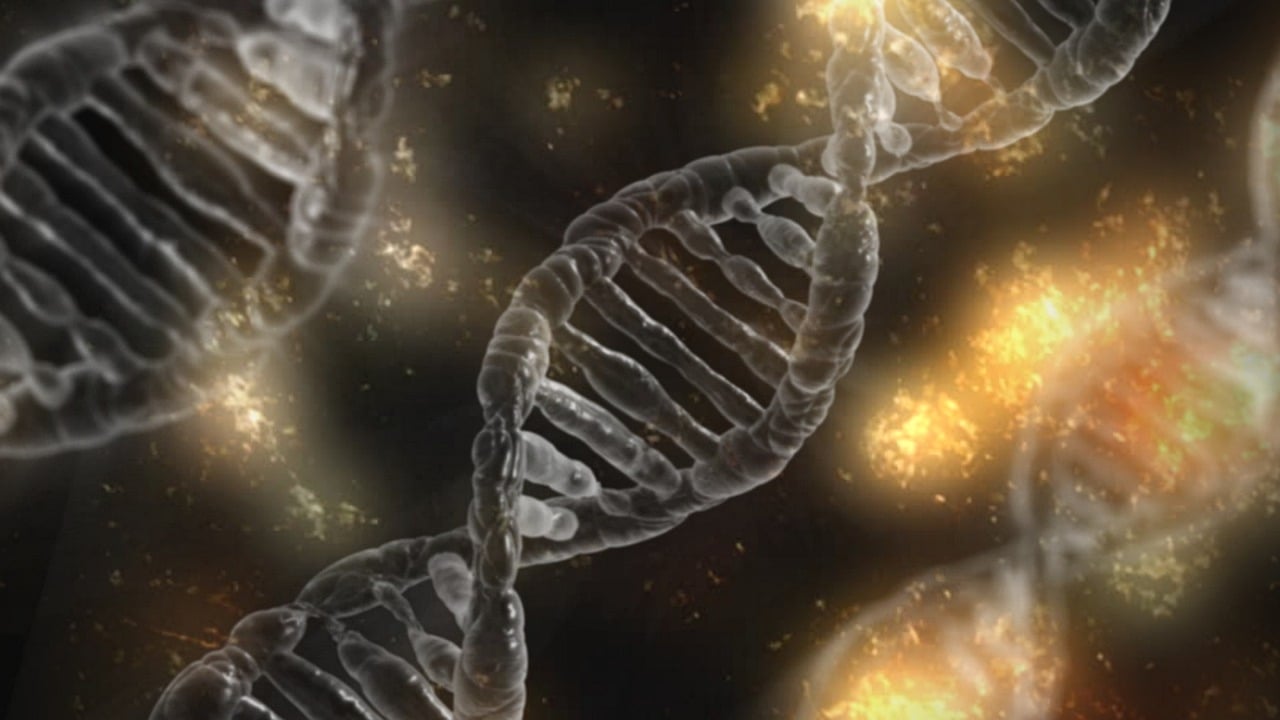Jumping genes or transposons have been recognized for almost a century. However, they did not receive the true importance they have, until today. They discover that they are partly responsible for our aging, which is why science is currently studying how to stop them.

The discovery of jumping genes or transposons
Almost a hundred years ago, cytogeneticist Barbara McClintock discovered them. Jumping genes, also called transposons, are pieces of DNA that jump from one place to another, altering our genetics.
These sequences of genetic material, which have the ability to jump from one position to another on a DNA strand, sometimes interfere with the functioning of other genes. Some scientists linked transposons to diseases such as cancer. Likewise, its performance may be the cause of an important factor in our lives, aging.
Dr. McClintock discovered them in the 1920s. However, scientists of that time did not consider them relevant. Mainly, because the person who discovered them was a woman. But eventually recognition came and McClintock received the Nobel Prize in Medicine in 1983.
The influence of jumping genes on aging
Recently, a group of researchers from Eötvös Loránd University in Hungary carried out research on “jumping genes” and their influence on the aging process, as well as possible strategies to control them.
In the adult stage, these jumping genes develop high activity, leading to instability in the human genetic code, possibly contributing to the aging process.
Jumping genes, in addition to being pieces of DNA that jump from one area of the genome to another, have the ability to make a copy of themselves and locate themselves in another area of the DNA chain.

If they are located in the wrong area, they can alter the functioning of other genes, explains Nazif Alic, professor of Genetics, Evolution and Environment at University College London.
In turn, Alic also explains that some of these transposons are defective and no longer have the ability to move. Although, those that are active can enter any gene and alter it or make it not fulfill its functions. These types of alterations are harmful. The study from the University of Hungary was published in the journal Nature Communications.
Researchers sought a solution to the link between jumping genes and aging. The process they discovered to stop them was called the Piwi-piRNA pathway.
This type of process works well in cells that do not age, such as cancer stem cells or the immortal jellyfish (Turritopsis Dorhnii).
Science continues with its studies to slow or reverse aging. What the Hungarian scientists achieved is an important advance, although according to Alic, there is still much to investigate. Aging could be a process that comes with age and there is no possibility of stopping it.


